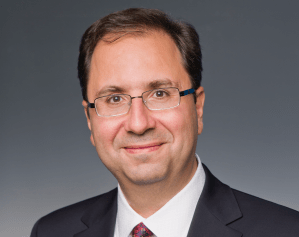There’s little doubt such a massive project will have a profound impact on New Albany that touts itself as “the Number One Suburb in America,” along with its surrounding areas. Ohio governor Mike DeWine happily touted the move as part of a broader push to bring more high-tech jobs to the Buckeye State.
“Today’s announcement is monumental news for the state of Ohio,” he
